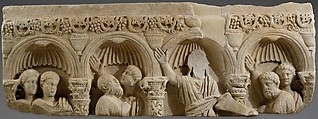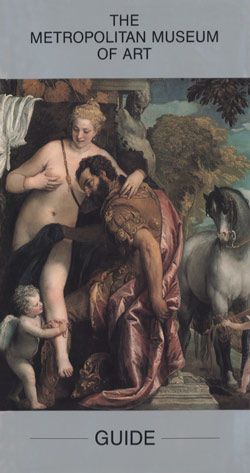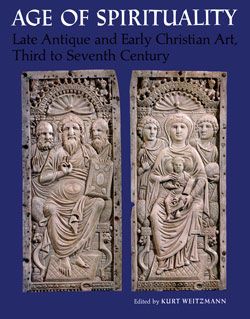Fragment of a Marble Tomb Relief with Christ Giving the Law
The authority of the Christian church grew rapidly with emperor Constantine's recognition of the faith as a legal religion within the Roman Empire in 313. Increasingly the most powerful centers of the church were the old imperial capital, Rome; the new imperial capital, Constantinople, the New Rome; Alexandria; Jerusalem/Caesarea; and Antioch. During the late fourth century, the church in Rome developed images stressing the importance of Saint Peter to whom Christ had given the keys to the kingdom (Matt. 16: 18-20). Traditionally considered the first bishop of Rome, Saint Peter was martyred and buried in the city. These Roman images would spread widely among peoples throughout western Europe as they accepted the authority of the church of Rome.
One of these images, the traditio legis, Christ Giving the Law to Saint Peter, shows Christ offering an unfurled scroll containing the law to Saint Peter in recognition of his role as the leader of the church. To the left of Christ stands Saint Paul, also martyred in Rome, acknowledging the authority conferred on Peter. Four other apostles survive on this relief. The scene is placed within a traditional Roman sarcophagus form, a series of niches framed by columns decorated with putti in vine scrolls.
This image cannot be enlarged, viewed at full screen, or downloaded.





